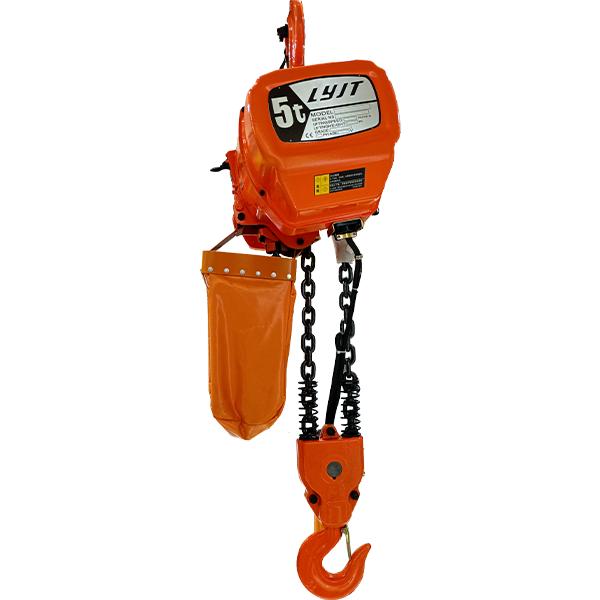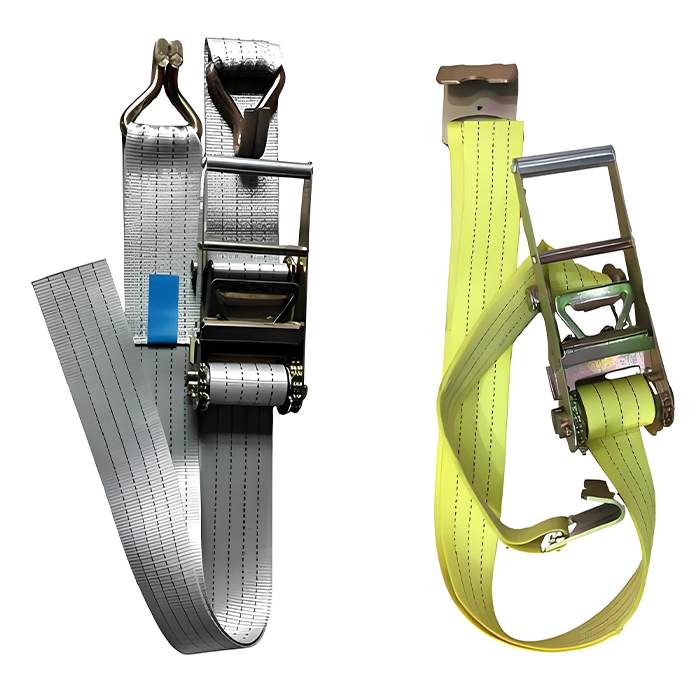Chain Hoist Electric Hoist: Three Load Operation Modes and Their Safety Impacts
As a widely used lifting device, the chain hoist electric hoist plays a critical role in industrial production and construction. However, due to its operating environment and characteristics, it may be subjected to various loads during use. Understanding these loads and implementing corresponding measures are essential for ensuring safe operation. This paper systematically analyzes the three load operation modes encountered during the use of chain hoist electric hoists and their effects on system safety.
1. Natural Loads
Natural loads refer to additional loads caused by factors such as wind, ice, snow, earthquakes, and temperature fluctuations. For outdoor-operated electric hoists, wind loads are particularly critical, as they directly impact lifting safety and stability. During design and installation, these natural factors must be fully considered to ensure the equipment has sufficient stability and safety to withstand harsh weather and natural disasters.
2. Dynamic Loads
Dynamic loads primarily originate from inertial forces generated during hoist startup, braking, or movement on uneven surfaces. These loads are closely related to operational speed and are influenced by motion direction, structural form, operational conditions, and operator skill levels. To mitigate potential hazards:
1. Optimize Design: Improve hoist design to reduce energy fluctuations during motion, minimizing inertial loads caused by speed changes.
2. Select Appropriate Gearboxes and Transmission Methods: Proper selection of gearboxes and transmission systems helps balance dynamic loads and enhance operational smoothness.
3. Install Buffer Devices: Installing buffers at hoist start/stop points effectively absorbs and reduces shock loads from sudden starts or stops.
3. Vibration Loads
During operation, load variations or mechanical wear can induce vibrations in the hoist. These vibration loads not only reduce operational efficiency but may also lead to structural damage. To minimize their impact:
1. Regular Inspections and Maintenance: Periodically check and maintain components to ensure optimal condition and reduce vibration caused by mechanical failures.
2. Enhance Structural Design: Strengthen structural rigidity and stability in design to ensure reliable performance under various loads.
3. Use High-Performance Vibration Dampers: Installing advanced dampers effectively reduces operational vibrations and shocks, ensuring long-term safe operation.

Understanding these three load operation modes and implementing preventive measures are vital for safe hoist operation. Through meticulous design, proper selection, correct installation, and routine maintenance, the risks posed by loads can be minimized, extending the hoist’s lifespan and ensuring production safety.





